Author: Eric H.
Let's set you up for success!
So, you purchased your first hangboard, pull block, or training bar and are determined to get stronger. The follow up question is, where to start and how best to focus your limited time and energy? This isn't a new question and there are endless resources online to help find the answers. This article narrows down the many options out there and provides the useful resources you need for training.
Jump to: Set a Goal • Determine Your Baseline • Build a Plan • Target Your Weakness • Improve Your Strength • Rest and Recover • Summary
1. Set A Goal
Setting out an objective at the start is a must, your goals should be lofty but attainable, measurable and timely, specific and realistic. Start with a brainstorming session and some self-reflective moments on what you want, and what you are prepared to sacrifice to achieve your goal. You can even ask your climbing partners what they think you should focus on, an outside perspective can be really beneficial.
Goal Setting Resources
- Read - trainingforclimbing.com
- Listen - powercompanyclimbing.com
- Watch - latticetraining.com
- Browse - Training Manual
2. Determine Your Baseline
Without knowing what your strengths and weaknesses are it will be impossible to write a targeted training program or know if your training has been effective. Therefore, step two after setting a goal is to benchmark your starting point by testing. There are a variety of tests available that simply compare your data against your peers to give a broad overview of your current ability. These tests fall into the following general categories:
- Flexibility and Mobility
- Finger Strength & Pinch Strength
- Shoulder Strength and Stability
- Core Strength
- Pull Strength
- Endurance
These strengths (or weaknesses) are then compared against the climbing grades you, and other climbers who have also submitted data, have climbed. Once a training company has gathered enough data they can generally correlate a level of strength with a grade. Coaches can then see if your testing results fall above or below your climbing grade.

Above Image Courtesy of Bouldering Breakdown
It's important to note that climbing is a movement-based sport that also includes fitness, technique, as well as physical and mental strength. This means a data point of your finger or pull strength is only 1 or 2 pieces of the puzzle.
Below are a few basic tests that you can perform without a climbing coach to give you a general indication of where you are at. If you choose to pay and be tested by a professional the test will be significantly more detailed.
Testing Resources
- Finger Testing - Lattice Finger Test
- Pull Strength and Finger Strength - Strength Analyzer
- The 9c test - Watch Pete and Mari Suffer Through the Test
- Mobility Testing - Climbing Performance Mobility Assessment
3. Build a Plan
Your goals have been set and your baseline tests are completed successfully, the next step is to build a plan. Take a moment to review a few options below and consider what you can realistically complete while also maintaining a life. Remember, climbing the next grade might be your singular focus at 15 years old with no responsibilities, but most adults have jobs, lives, partners, families, and other commitments. This is where we would recommend spending a little money to have a professional lay out a week-by-week program that cycles through exercises and intensities toward your pre-stated goals with the allotted time you have for training.
- Self-Coached Training plan: Lattice Training
- Free Downloadable training plans for beginners to advanced: Eric Horst Training
- Target a Particular Weakness: Climb Strong Training Plans
- Proven Plans to reach your goals: The Power Company
- Download an app and train your fingers: Happy Fingers
- Read the Traning Manual by Michael L Anderson & Mark L Anderson
Additional Resources
- Training Your Core - Core Training
- Training Your Fingers - Hangboarding from Tension Climbing
- The Training Manual by the Godfather of Training - Eric Horst
- Training Podcast - Common Advice to Coaching Clients
- Building Your Own Home Wall: Metolius Step By Step Guide
- Gymnastic Rings Workout: Rings for Climbers - Page 31
Setting Up For Success
With a plan in hand and motivation at an all-time high, it's time to train. Local climbing gyms, if available, are a good place to start but aren't always accessible and can be expensive or busy. Home gyms are easily accessible and a lot can be accomplished with a relatively simple setup by motivated individuals. We would recommend clearing out a warm space at home, decluttering, and installing a few basic pieces of equipment that give you easy access to train on days when your time is limited.
4. Target Your Weakness
We all hate doing something we are bad at, but the reality is most of us will greatly benefit from improving on our weaknesses. Some may even achieve huge gains in their climbing abilities by focusing their attention on the weakest aspect of their climbing. However, this can be mentally taxing and often not very enjoyable, so make sure to balance playing to your strengths and have fun while targeting the holes in your game.
Flexibility and Mobility
The two often overlooked components of climbing are mobility and flexibility. Mobility is to actively move your body into a position, while flexibility is the muscle's ability to lengthen passively. To put this in climbing terms, moving your feet and body to the next climbing position requires mobility, doing so without compromising your body position requires flexibility. To help improve both, we recommend regular stretching and specific mobility exercises. Set yourself up at home with a Flex Mat and Flex Block from Lattice.
- Watch: Climber Mobility Routine
- Listen: Flexibility For Climbers Podcast
5. Improve Your Strength

Above Image Courtesy of Tension Climbing
Finger Strength
The foundation of most training plans focuses on the fingers. A training program will vary greatly depending on what your goals are, but we recommend having the following basic tools.
- A quality fingerboard from Beastmaker, Lattice or Tension Climbing.
- A Lifting Pin and weights to increase the difficulty of your hangboard exercise.
- A Pulley system to remove weight when hangboarding with smaller edges, in weaker grip positions or progressing up towards one-arm hangs.
If you are looking for a new board which almost looks like art on your wall check out the beautifully crafted poplar wooded fingerboards from Tension, the Whetstone, the Honestone, or the Grindstone MK2.
Have a read of Ned Feehally's book Beastmaking to help guide you through a comprehensive fingerboard program or >read this blog post from Lattice, which excellently captures the essence of finger training.
Alternatively, if you don't have room for a fingerboard try using The Tension Block with added weight to increase your finger strength. Watch this video from Tension climbing with an amazing overview on how to use The Block.
Pinch Strength
Building on finger strength is pinch strength training, using the opposing thumb allows climbers to maneuver into positions that pure finger strength alone might not allow. Using a tool such as The Quad Block and adding weight is a simple way to target pinch strength at home.
Read about pinch training in detail from Eva Lopez.
Shoulder Strength and Stability
The ability to hold small holds with your fingers will only take your climbing so far. Often, the holds are quite good but either face unusual ways or are far apart. The shoulders are a vital component of connecting finger strength into your back and through your core. If you find your shoulders are collapsing on boulder problems when the holds don't face straight down, it's time to build up shoulder stability and strength. One of the best ways is to regularly work on Gymnastic Rings, these can be set up easily in a small space and offer a massive array of exercises.
Rings can be intimidating as they seem impossibly hard but most exercises can be modified to start the process. Watch this gymnastic rings for beginners video to get started on those bomb-proof shoulders.
Core Strength
This is the secret sauce of good climbers, the ability to connect the hands with the feet, move efficiently, and maintain positions while keeping tension through your back, core, and hips transfers to every discipline of climbing. Core exercises can be completed on rings, parallettes, a bar, a mat, or a steep home gym.
Watch the basic core exercises from Lattice or read about 5 recommended core exercises from Gripped.
Pull Strength and Lock Offs
Holding a hold and pulling from a hold are two different things and both are required of good climbers. They can be trained from a hanging bar, a jug on a fingerboard, or on rings. Work your way up from a two-handed pull-up, to more advanced one handed pull ups with weight removed, or extremely advanced one handed pull-ups with added weight, fewer fingers, or smaller holds.
Read this article on the best pull up exercise for climbers to get you started.
Add lock-off training into your routine to make sure you can hold positions while reaching between holds.
Endurance
Without training your muscles to endure a high load repeatedly or training your system to recover between pumpy moves you might never be able to link a route together or complete a longer boulder problem. Training endurance can be done at home as well as on the rock or in a gym, remember that endurance training needs to be specific to your goal, if recovery (de-pumping) on a long route is the goal then training will differ from the ability to pull many hard moves in a row. The specificity of your training needs to match your goal.
Specialized Training

Above Image Courtesy of Wide Boyz
While most of these exercises and tools will generally make you a better overall climber, the secret ingredient to almost all training is specificity. If you want to climb in the Frankenjura you should dedicate time to pocket climbing, if you are headed to Fontainebleau you might want to improve your technical footwork & sloper game. So with this in mind and your overall goal, consider goal-specific training, this becomes especially important if the techniques are equally specific such as crack climbing. If you are headed to Indian Creek you might want to install a few crack trainers in your basement. Be inspired to suffer through off-width training as the wide boyz did!

6. Rest and Recover
Lack of good nutrition, poor sleep, rest, and stress often inhibit your ability to recover. These components are neglected by many but take the time to recover properly and your next training session will be better. Read 8 ways to recover as a climber and give your body the time and rest to recover properly. You can aid the recovery process by using a few key tools to help promote blood flow, release tight muscles and target injuries. Self-massage your forearms using the Wave tool, Armaid or use the ultimate home massaging tool the Theragun. Two of our favourite small tools to target the fingers are the massage ring and the finger massager.
Injuries can often accumulate and not only inhibit your progress but can also be demotivating, stay away from the injury train by reading Climb Injury Free by Jarred Vagy, a doctor who specializes in treating climbing injuries.
Summary
The process of becoming a better climber isn't only about strength; strength is just one component. We have targeted that single component here because it is easily identified and can be worked on at home. The process of becoming stronger isn't easy; you will face setbacks, lulls in motivation, plateaus, and injuries. But, if you stick with it, and stay motivated, then you're well on your way! Remember, training isn't just about a new grade, it also makes you feel better in your everyday life, relieves stress, and is simply something that can be fun. Enjoy learning new skills, breaking small barriers, and building up the components to reach your goal.
We wish you all the success in your training! Let us know how it's going by tagging us when you send a project, or contacting us to suggest a new piece of equipment. We love hearing from you!
Happy training!
— Climb On Team
Disclaimer: Training for climbing can result in injury. This is not a comprehensive guide nor was it written by a professional coach. It is simply a resource for those interested in starting their own training. Consult a climbing coach, physiotherapist, and/or other relevant professionals to ensure you're ready to start training and the training is specific to your needs, physiology, and goals. Always warm up before training and conduct exercises with proper technique as failure to do so could result in injuries.
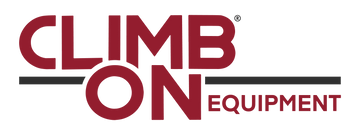



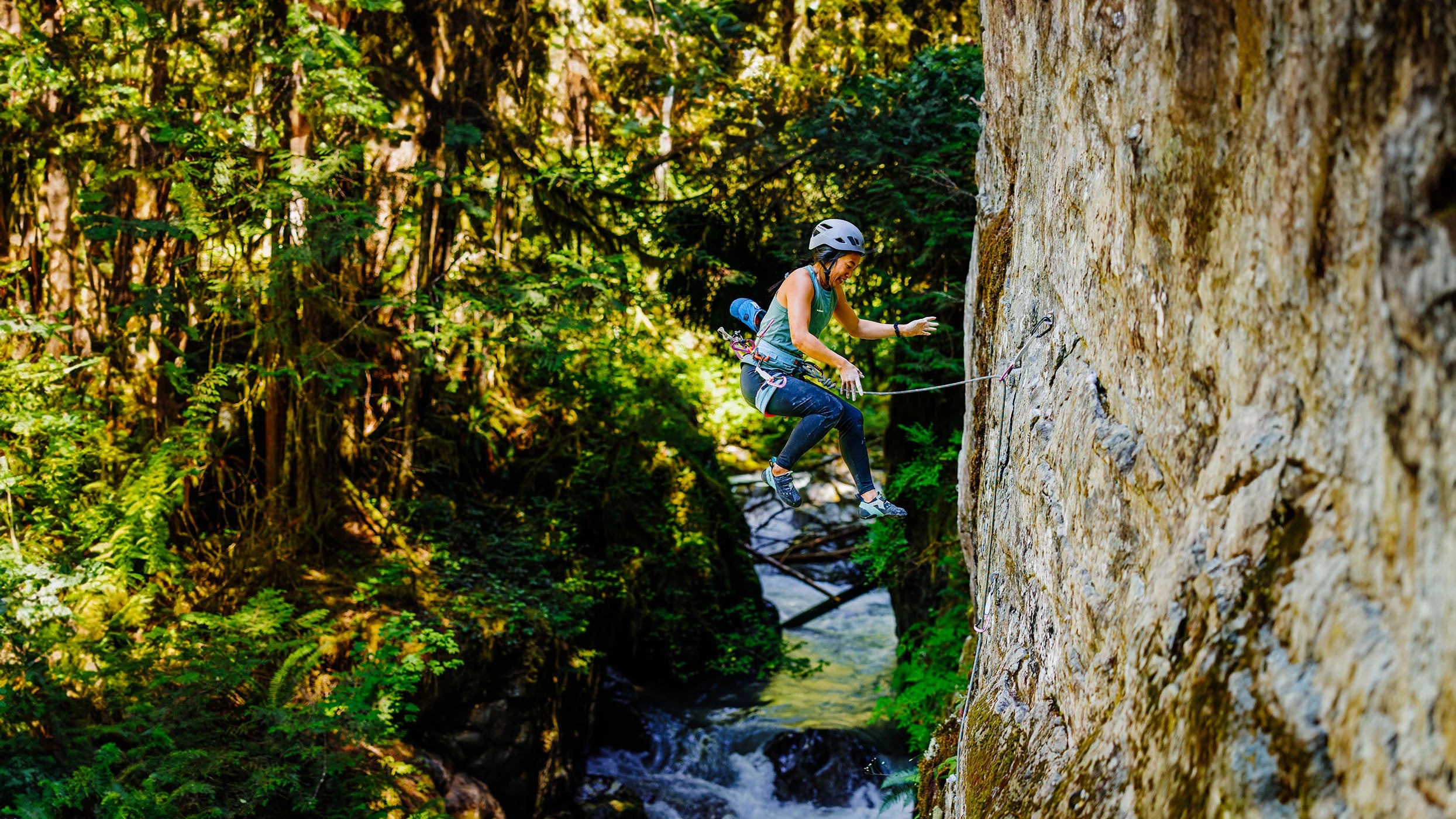


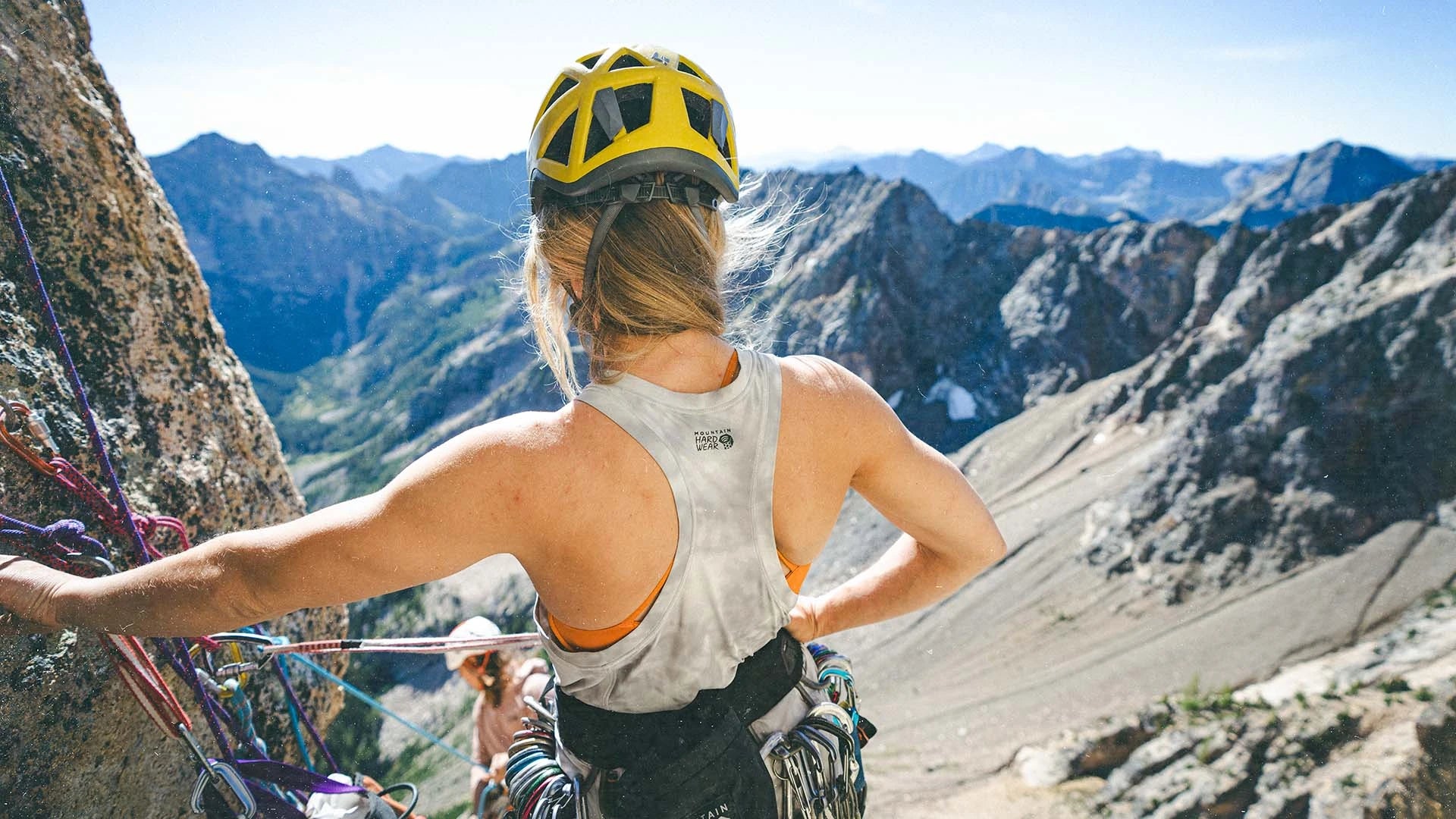

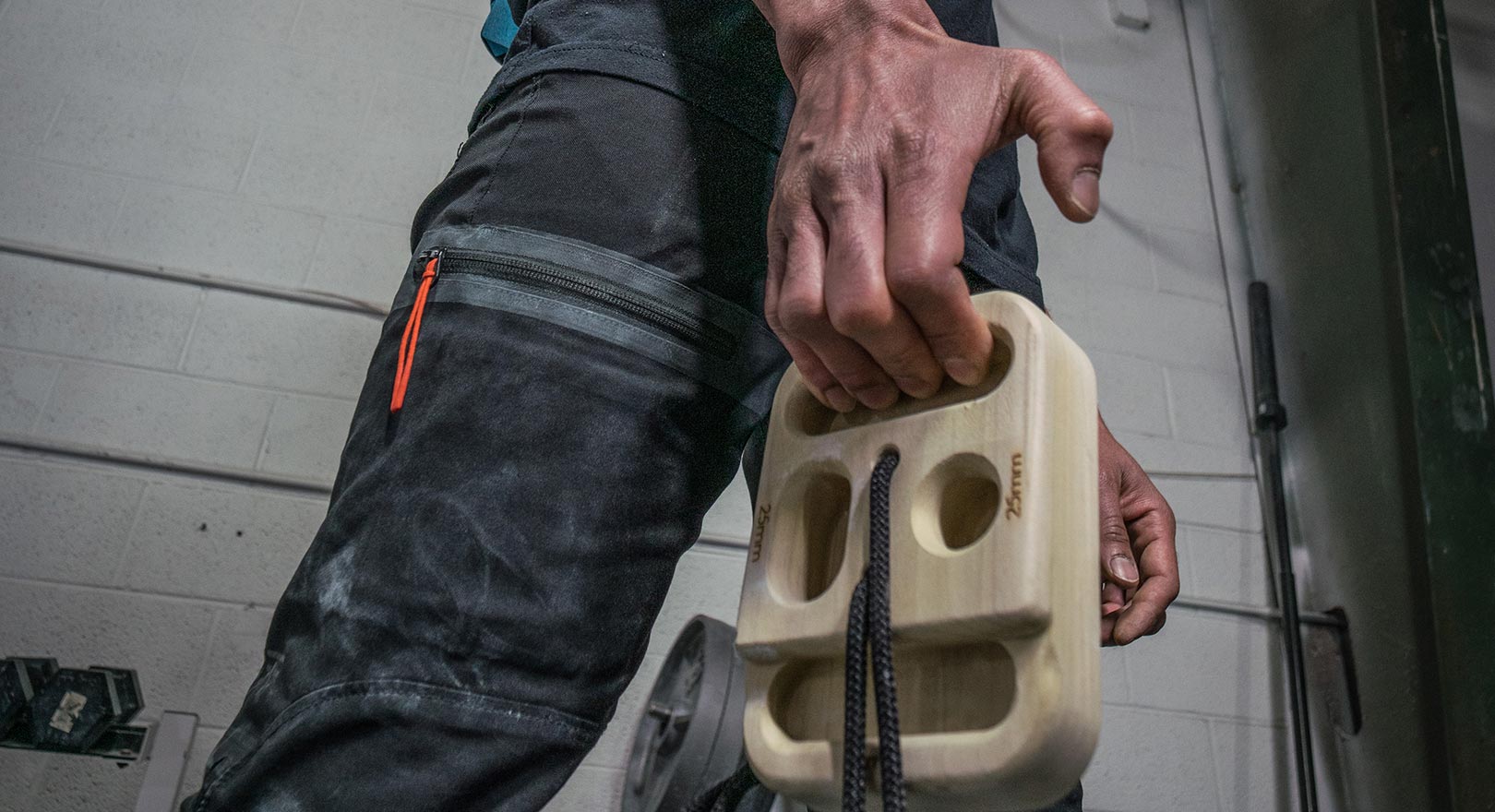
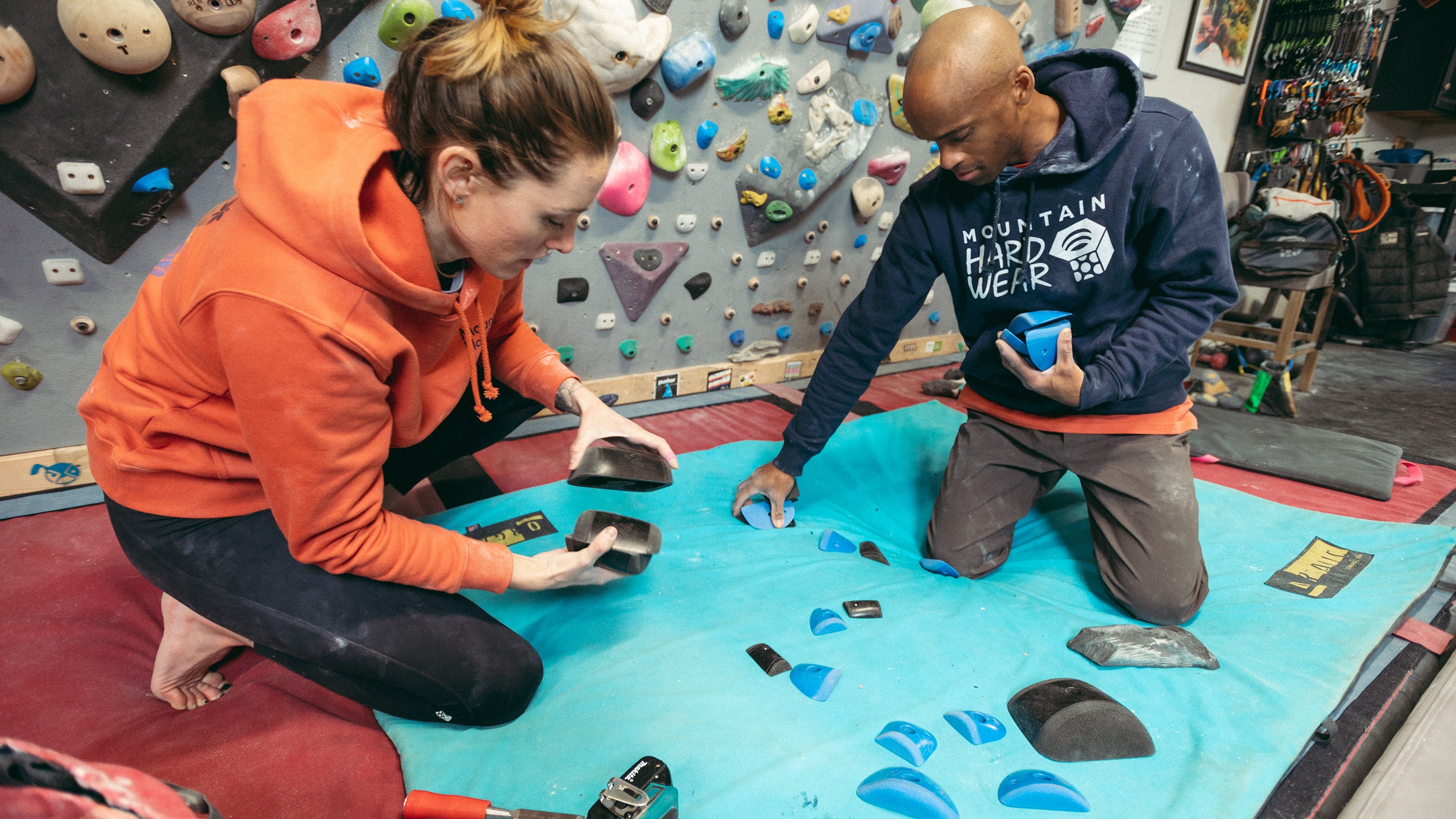
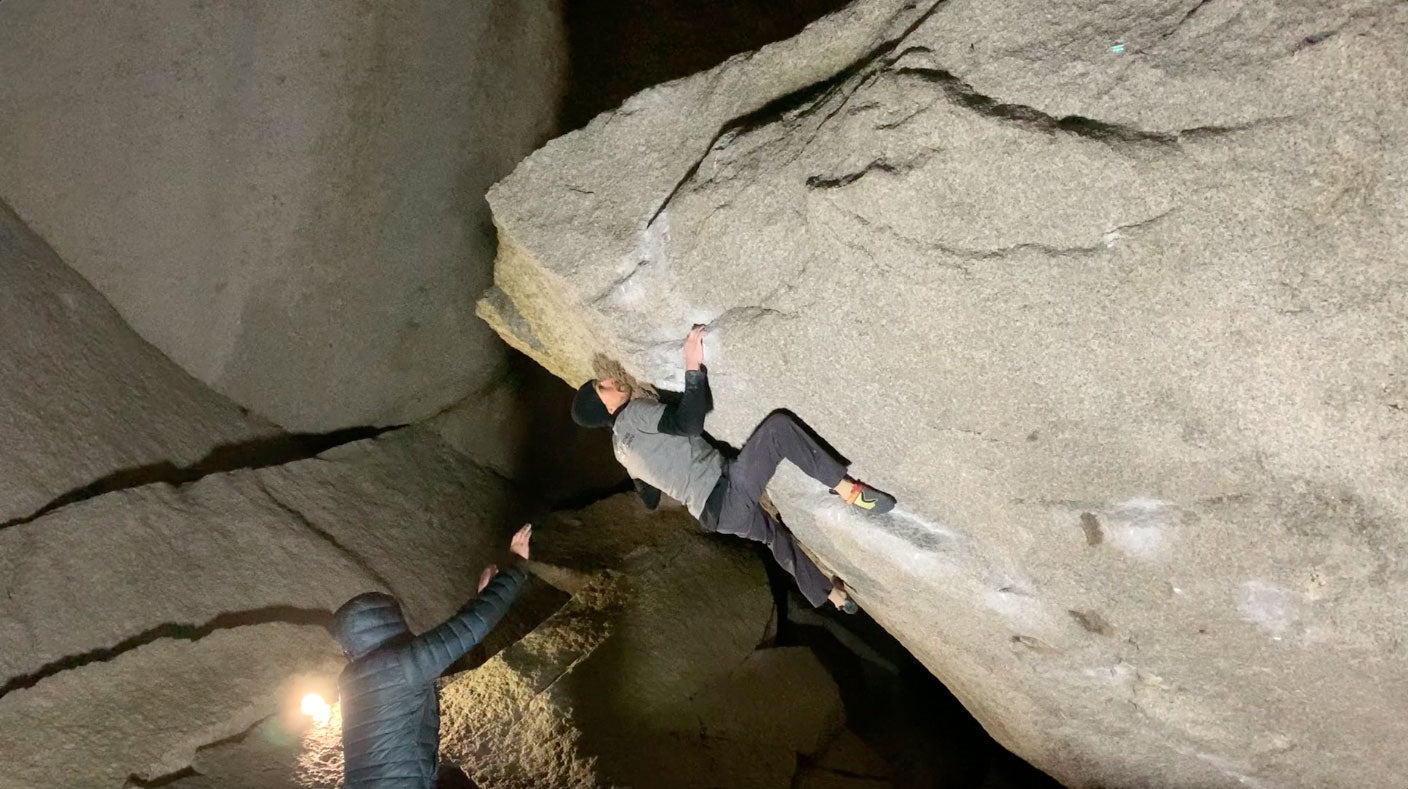
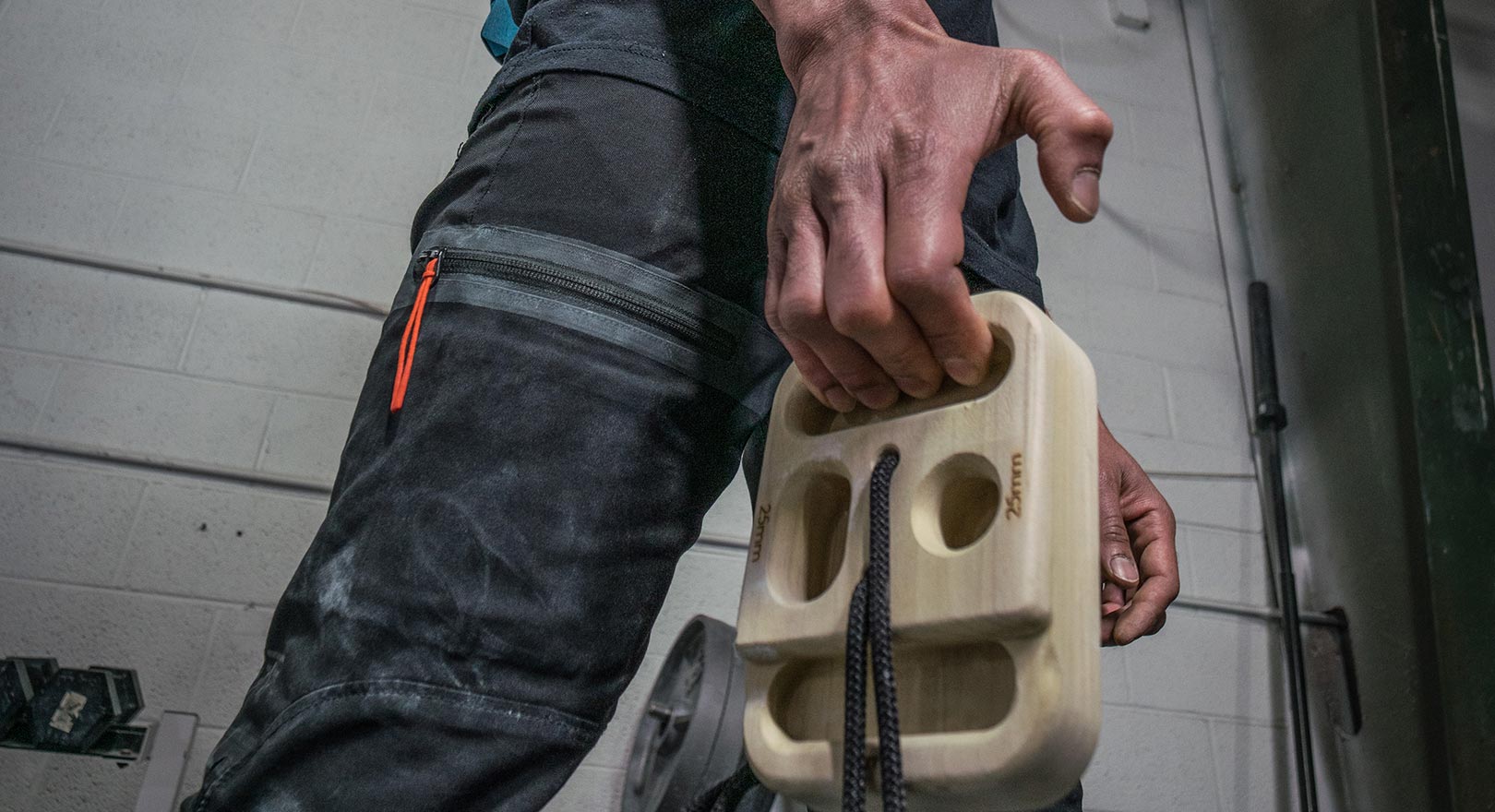
Leave a comment